Art & Exhibitions
Can a Mega-Exhibition Change the Way You Think? The Baltic Triennial Is Going to Try
The 13th edition of the Baltic Triennial, which opens its first chapter today, is crossing borders for the first time ever.
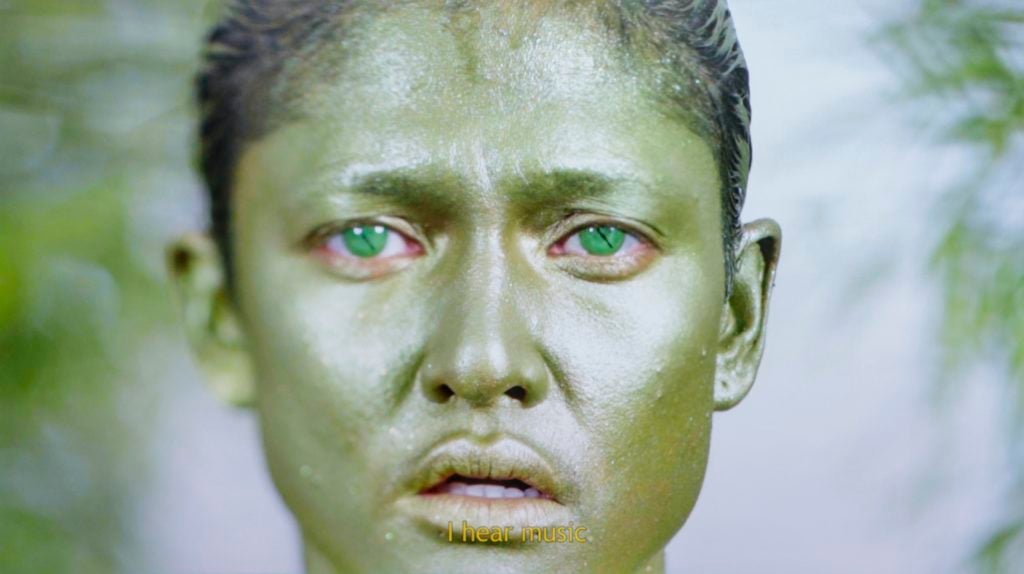
The 13th edition of the Baltic Triennial, which opens its first chapter today, is crossing borders for the first time ever.

Kate Brown

The Baltic Triennial has existed for 40 years, and throughout much of that history its title has been something of a misnomer, as the triennial is usually held in Lithuania, one of the countries that makes up the region. That changes this year: Over the next five months, the triennial will launch in three successive cities, extending across the Baltic.
The first component begins in Vilnius today, followed by a chapter Estonia in June and Latvia in mid-September. The triennial’s 13th edition, titled “Give Up the Ghost,” comes at a historic moment for the three countries: They celebrate their centennial of independence this year. Previous exhibitions were customarily confined to the Contemporary Art Center in Vilnius, the largest contemporary art museum in the Baltic (though other editions have travelled to other countries as well).
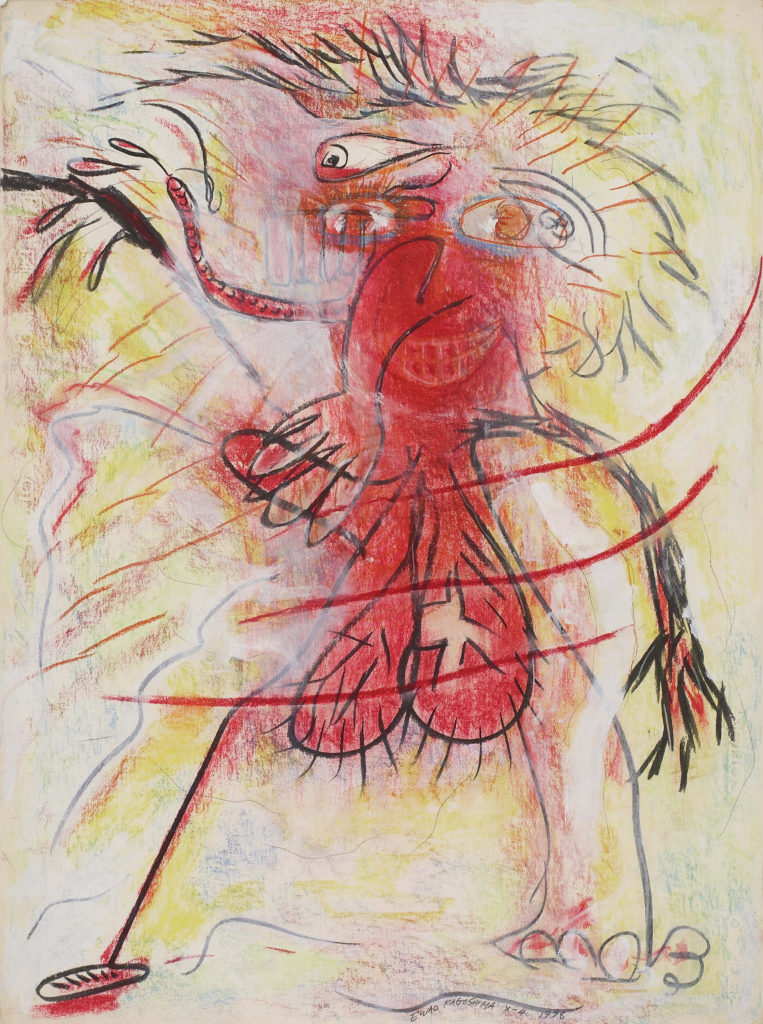
E’wao-Kagoshima X-4 (1978). Courtesy the artist and Galerie Gregor Staiger Zurich.
“It was important for me not to be nostalgic,” Vincent Honoré, the senior curator of London’s Hayward Gallery and artistic director of the triennial, tells artnet News. Instead, he sought to look at conventions that are shifting now, and will continue to shift in the future—such as borders, and, of course, identity.
The curator developed his concept in the shadows of Donald Trump’s election, Marine Le Pen’s candidacy in France, and the Brexit vote, he says. “I wanted to show and to look at these countries not in the past, but in a more prospective way,” says Honoré. He sought to “look at the fluidity of belonging and the flexibility of identity.”
With a focus on performance and poetry, “Give Up the Ghost” is on its way to being the most ambitious yet ephemeral edition in recent memory. It is certainly the most diffuse. Already, Honoré and his team launched the project early last fall with a performance-heavy exhibition called “Prelude” that took place at the CAC in Vilnius. In March, Honoré brought the event to London with a performance-based evening called “Bastard Voices.”
The latest chapter kicks off tonight with a performance by activist UK-based poet and artist Liv Wynter, who made headlines recently when she quit her residency at Tate Modern in protest of invisible inequalities at the institution as well as director Maria Belshaw’s controversial comments about sexual misconduct. In Vilnius, she will read a new work titled “LAUGH TRACK.”
Some 27 artists and more than 80 artworks—including 11 new commissions—come together in the Vilnius chapter alone. The commissions vary widely: Local artist Augustas Serapinas worked with a local Lithuanian community to address the history of the country’s nuclear industry. Croatian-born, New York-based artist Dora Budor, meanwhile, has taken over the space surrounding the CAC’s terrace, turning it into a futuristic landscape inhabited by animatronic birds.
Yet throughout the triennial, a dedication to poetry persists, a fitting match for Honoré’s interest in the noncommercial and the ephemeral.
Overall, Honoré’s exhibition has tasked itself with examining what it means to belong within and outside traditional categories like class, gender, or territory. In many ways, the spirit of the show is fitting for a region that has been in a state of near-constant transformation.
Latvia, Lithuania, and Estonia were all previously entities of the Soviet Union and, still today, each is negotiating that past as it seeks to define its own present, informed both by Eastern heritage and a Western European Union identity.
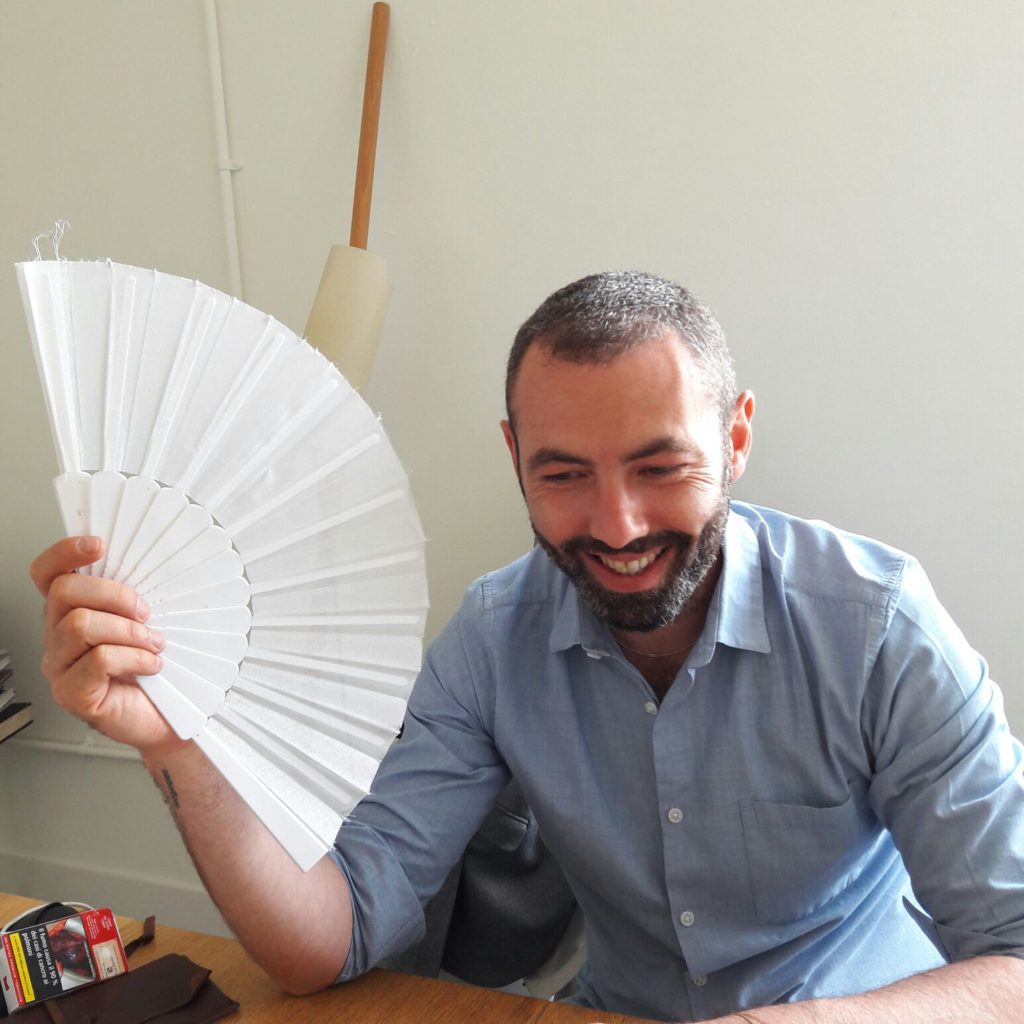
Vincent Honoré. Photo by Joel Riff.
This desire to reconsider traditional borders and definitions led Honoré and his curatorial team to select artists a bit differently, too. Rather than assemble a power-packed list of historically significant artists, the curators sought to do the opposite. They rarely looked at artists’ CVs, focusing instead on the content of the work itself.
Though there are some seasoned participants like French conceptual artist Pierre Huyghe and Pakistan-born Huma Bhabha, there is a significant number of artists from the Baltic countries, like Estonian sculptor Anu Põder, who died in 2013. Many have previously been overlooked by the establishment. The show marks, for example, the first institution exhibition for Lithuanian artist Ieva Rojūtė.
The triennial also sought to do away with the Instagram-friendly, alpha installations that so often characterize these kinds of exhibitions. Honoré enlisted Berlin- and Lisbon-based architect Diogo Passarinho to create an exhibition design that had no clear beginning or end.
https://www.instagram.com/p/BiVBClaHq3U/?hl=en&taken-by=diogopassarinhostudio
But the team’s subversive approach is perhaps best summarized by their decision to de-gender all of the participating artists when referring to them in texts. “Some of our artists do not want to be attached to a gender. Instead of doing that for those artists, we decided to do it for all our artists. This way there was no discrimination between them,” Honoré tells artnet News. “It’s at the core of our political engagement: If we change the way we speak, we can change the way we think.”
The second chapter is still to come even further north and east at the Center for Contemporary Arts in Tallinn, Estonia.
“Naturally, some sub-themes emerged in each city,” Honoré says. Vilnius is, at the core, about belonging to a territory. Tallinn will focus on the notion of belonging as it relates to the body while Riga, he says, is more about belonging to a community. The Estonian chapter will bring together an equally eclectic group ranging from the younger sculptor and performance artist Jesse Darling to French Surrealist Pierre Molinier, who died in 1976.
Just like its title suggests, “Give Up the Ghost” seems to say: You can’t see it all, understand it all, or pin it down, so don’t try. With an unpredictable combination of artists and unruly format, Honoré is bringing a vital and uncontainable kind of triennial to a world embroiled in identity politics, populism or just nihilism. Honoré calls the whole thing a “space of disorder,” but the exhibition could actually reorder a new methodology for seeing and experiencing these kinds of blockbuster contemporary art showcases.
The 13th edition of the Baltic Triennial, “Give Up the Ghost”, opens May 11 in Vilnius, Lithuania, June 29 in Tallinn, Estonia, and September 21 in Riga, Latvia.
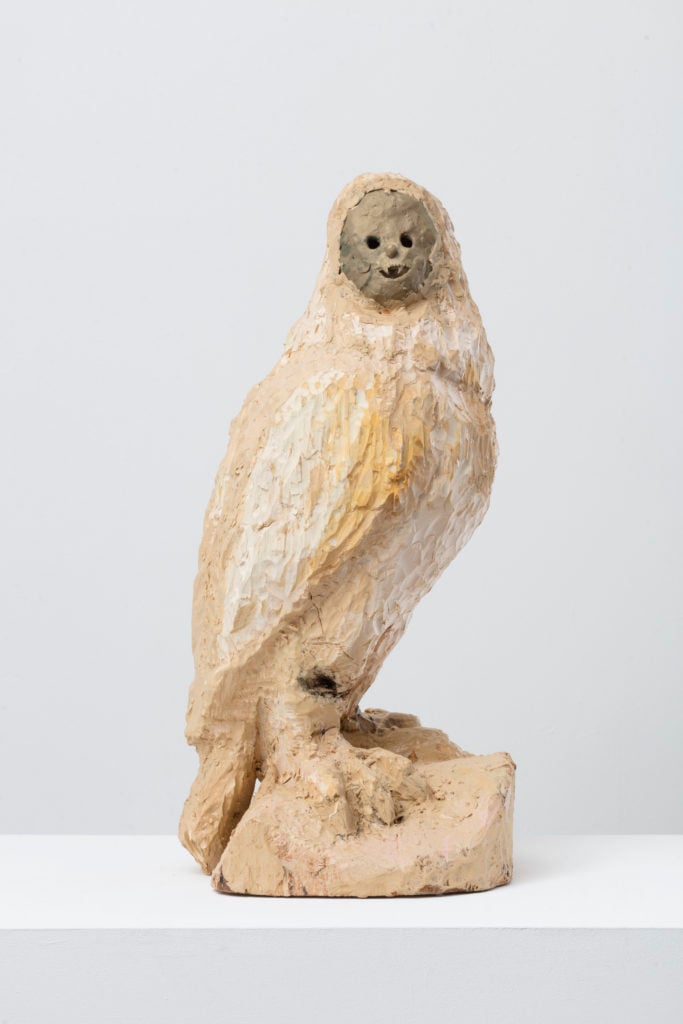
Evgeny Antufiev Untitled (2017). Courtesy the artist and Emalin, London.
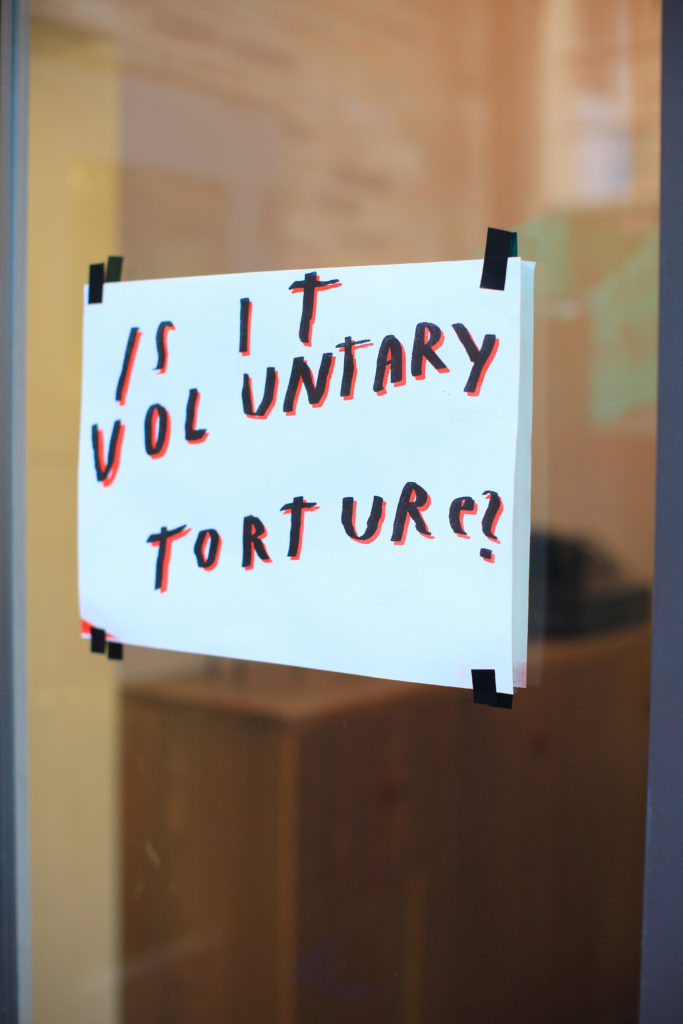
Ieva Rojūtė Voluntary Torture (2018) Courtesy the artist.
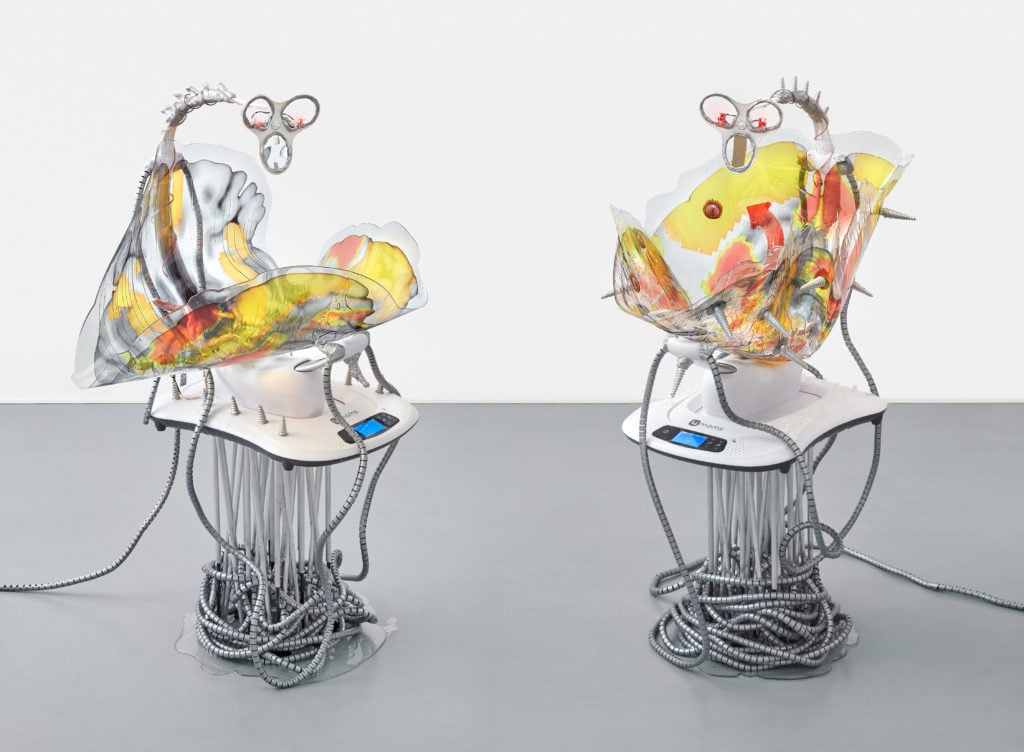
Katja Novitskova Mamaroo Brain 1 and Mamaroo Brain 2 (2018). Courtesy the artist and Kraupa Tuskany Zeidler Berlin.